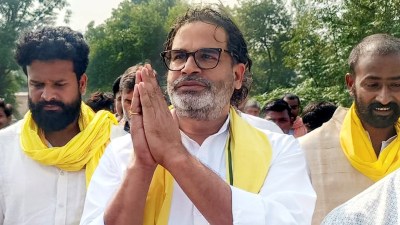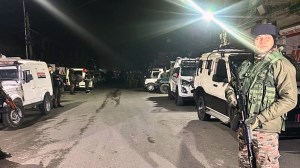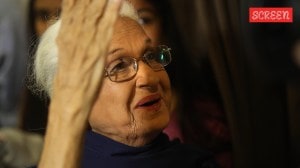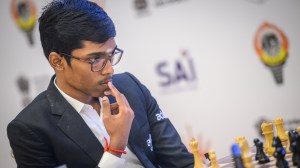In organ transplants too, Armed Forces show the way
Even in grief you can help,” reads a small board at the Intensive Care Unit of six Army hospitals across the country...

Even in grief you can help,” reads a small board at the Intensive Care Unit of six Army hospitals across the country, urging relatives to donate organs of their dear departed to help others.
The “board with a silver lining”, as it is referred to by transplantation experts of the Armed Forces, invariably draws the attention of those waiting for that final confirmation of loss from doctors.
So, when war veteran Brigadier Y P Bakshi died at the Army Research and Referral Hospital here on January 5, after being shot in the head by unknown assailants at his residence in Meerut, his family approached doctors to enquire about organ donation.
The war veteran’s organs gave a fresh lease of life to three people—a serving soldier suffering from liver cirrhosis got a much needed transplant, a 14-year-old dependent of an officer received a kidney, while a civilian admitted at AIIMS got the other kidney.
“In the hour of crises, when they are waiting outside the ICU, relatives get a sense of relief when they read something that says that others can be helped even in death. The possibility of giving someone else a new life is a silver lining for families in grief,” says Col AK Seth, director of the Armed Forces Organ Retrieval & Transplantation Authority (AORTA), a nodal unit set up last year to promote and facilitate organ transplants in the armed forces.
Like most things it does, the military has a meticulous and disciplined approach to organ donation and transplantation. So, when it decided to set up AORTA, it got the basics right and studied the law thoroughly to perform transplants even in the most complicated circumstances — medico legal cases that require the consent of relatives, legal experts, the police and government hospitals, besides medical experts.
In its initial year, AORTA managed to get eight families on board to donate organs of their departed ones. Out of these, three were complicated medico legal cases involving, at times, three separate police forces and distances of several thousand kilometres.
In September, the organs of a soldier, Havildar Sawai Singh, who died in a hit-and-run accident in Delhi, changed the lives of three people. One kidney was transplanted into the 38-year-old wife of a serving Sergeant from Air Force with end stage kidney disease. Another was handed over to AIIMS, where it was transplanted into a 58-year-old patient with chronic kidney failure. Then his liver saved the life of a brother soldier who was suffering from liver cirrhosis.
A month earlier, organs taken from the wife of an Army soldier were transplanted to two persons — a serving soldier with terminal cirrhosis due to Hepatitis B and a 12-year-old daughter of a soldier suffering from end stage kidney disease.
How AORTA approaches organ donation is a case study that civil authorities and the Health Ministry can draw lessons from. A live database, a long list of donors, a liaison cell dealing with the police and civil authorities, trained counsellors at hospitals and an active, dedicated team of experts have made AORTA a success story.
In fact, how it differs from similar organisations is the manner in which the sensitive issue has been tackled. A set of trained doctors — Patient Aid and Liaison (PAL) officers — stationed at hospitals keep a track of possible donors and counsels families on organ donation. In medico legal cases, the organ transplant team reach out to all parties concerned to speed up the process.
“Medico legal cases are complicated. What we have done to tackle them is basically to establish personal contacts with all concerned parties. We have talked to the police and sought their help and we have tied up with the Safdarjung Hospital. If people feel that they are doing good for society, they go out of their way to help,” says Col Seth.
AORTA has even managed to get over 1,000 people to pledge their organs through an extensive publicity programme within the Armed Forces.
“Our main aim is to benefit Armed Forces and their families. As and when a national (organ transplant) body develops, we would like to help them and partner up. The base (of donors and recipients) has to be as broad as possible so that at no time any organ is wasted,” says Col Seth.


- 01
- 02
- 03
- 04
- 05





























